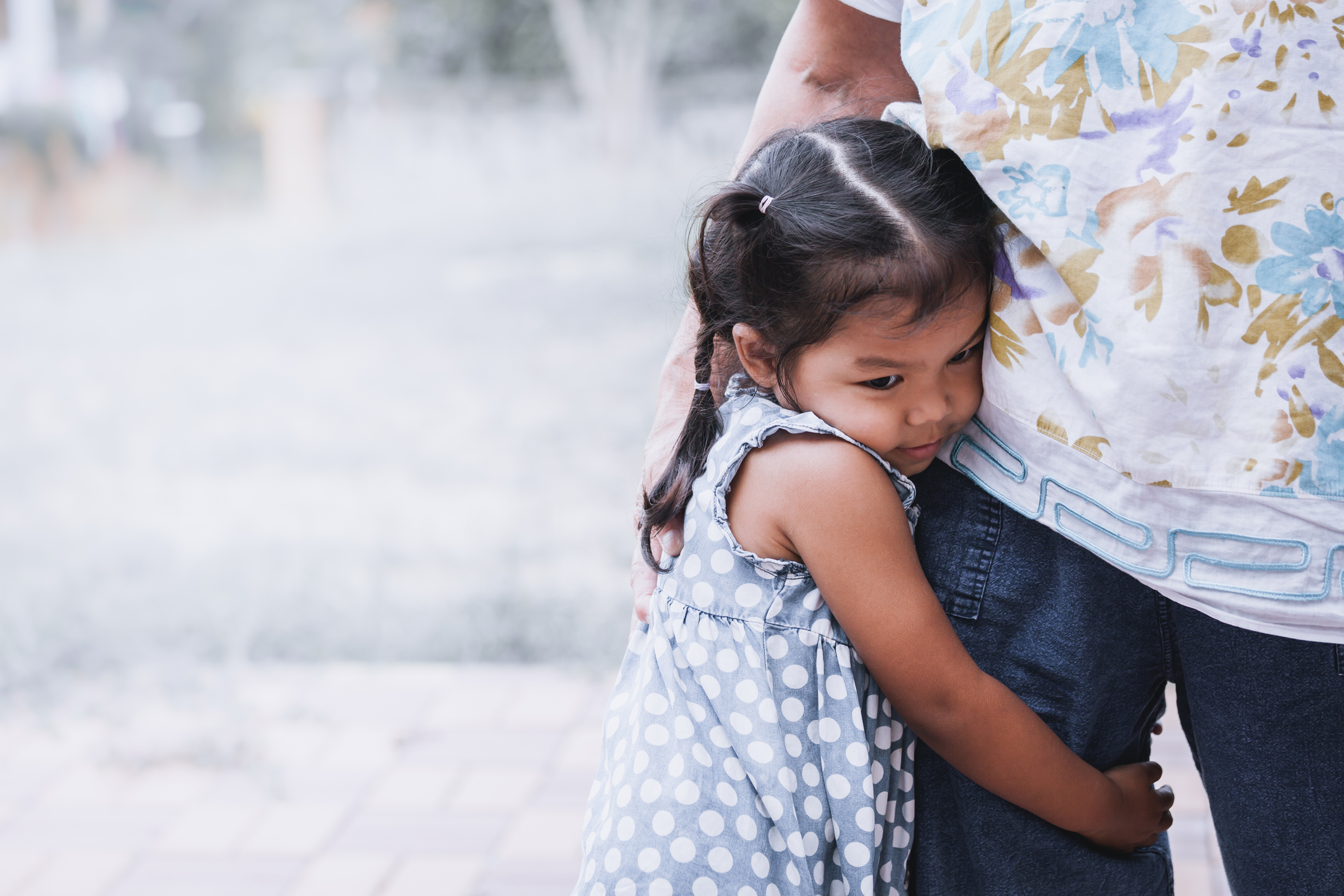
03 Sep Facts About Separation Anxiety
After the Labor Day holiday, we start the full swing “Back to School” schedule. Dropping off your child at daycare can sometimes cause anxiety. Here are a few facts to help ease into the transition:
- Infants: Separation anxiety develops after a child gains an understanding of object permanence. Once your infant realizes you’re really gone (when you are), it may leave him unsettled. Although some babies display object permanence and separation anxiety as early as 4 to 5 months of age, most develop more robust separation anxiety at around 9 months. The leave- taking can be worse if your infant is hungry, tired, or not feeling well. Keep transitions short and routine if it’s a tough day.
- Toddlers: Many toddlers skip separation anxiety in infancy and start demonstrating challenges at 15 or 18 months of age. Separations are more difficult when children are hungry, tired, or sick—which is most of toddlerhood! As children develop independence during toddlerhood, they may become even more aware of separations. Their behaviors at separations will be loud, tearful, and difficult to stop.
- Preschoolers: By the time children are 3 years of age, they understand the effect their anxiety or pleas at separation have on us. It doesn’t mean they aren’t stressed, but they certainly are vying for a change. Be consistent; don’t return to the room based on a child’s plea, and certainly don’t cancel plans based on separation anxiety. Your ongoing consistency, explanations, and diligence to return when you say you will are tantamount.
We want every family to be connected to their community and to other parents. This is how we build our village. This is why we care.
Child Care Resources…Working Within Our Community To Put Children First!
United Way of Monmouth and Ocean Counties…Every child is successful, every family is financially stable, and every community we serve is stronger.

Sorry, the comment form is closed at this time.